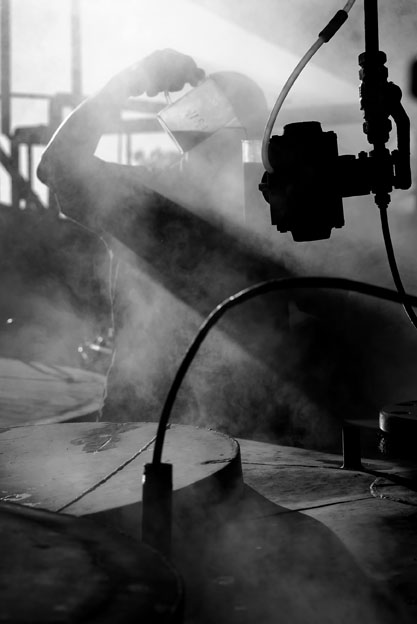Team:Valencia Biocampus/Modeling overview
From 2012.igem.org

Modeling Overview
Mathematical modeling plays a central role in Synthetic Biology. One of its major abilities is to predict the behavior of a biological circuit. Therefore, it is an important bridge between the ideas and concepts on the one hand and biological experiments on the other.
The main idea is to interact with the experimental part of the project in two ways. On the one hand to characterize the constructed biobricks, and identify parameters of the models thus allowing a better understanding of the biology behind. On the other hand, to direct the way in which experiments are performed, so as to verify a prediction done from the modeling world.
The first step, with a little knowledge, was to develop a mathematical model based on a system of differential equations. Then, the equations were implemented using a set of reasonable values, taken from the literature, for the model parameters. This way, we could validate the feasibility of the project. Here, one of the main characters of the play came into the "cheaters". We saw the “cheaters” could appear from an original population of “normal” microorganisms. This lead us to perform several experiments to measure the metabolic burden that arises when cells carrying a synthetic plasmid want to effectively synthesize the desired protein, as compared with cells that are NOT producing the protein. This could lead to increase the fitness of the “cheaters”. Go to the Experimental evolution prediction from the model page to see how did we model the cheaters.
Then we started the characterization of each part created in the lab. Some of the mathematical model parameters were estimated thanks to several experiments we performed within the project (others were derived from literature) and they were used to predict the final behavior of each construction. Go to the Modeling Bacteria page to see the models we did for the glucose-sensitive construction and the thermal shock responsive contruction. Also see Modeling Yeast page for the model of our construction in Yeast.
Experimental procedures for parameter estimation are discussed and simulation experiments performed, using ODEs with MATLAB and Global optimization algorithm for MINLP's based on Scatter Search (SSm GO by Process Engineering Group IIM-CSIC).
 "
"






